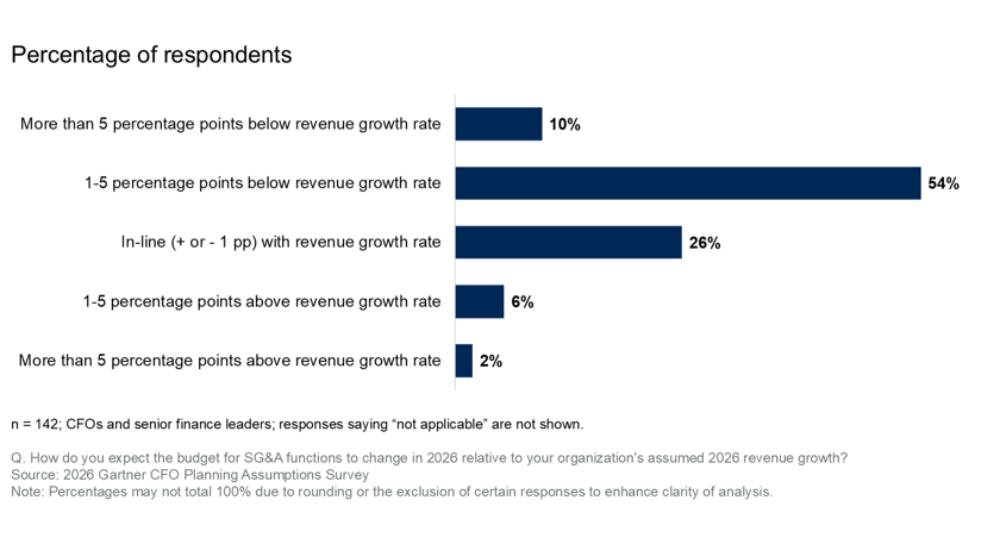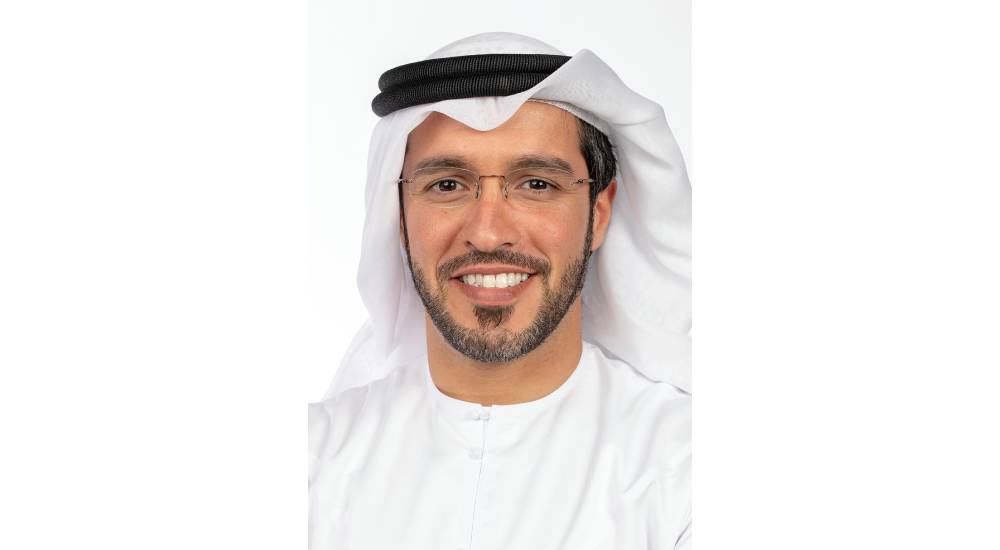He is the poster boy of a small community of seasoned-cum-flamboyant bureaucrats playing a dominant role in India’s policymaking. A career civil servant with 40 years of experience, ideating, architecting, and executing one flagship programme after another, Amitabh Kant, CEO of NITI Aayog has for long championed the use of technology for transforming India.
A man who enjoys an easy rapport with the corporate sector, he has taken forward the prime minister’s vision and championed initiatives such as Make in India and Startup India that have positioned the country as a leading manufacturing destination.
In his capacity as Secretary of the Department of Industrial Policy and Promotion, Government of India, he drove the Ease-of-Doing Business initiative, which later led to the emergence of state-specific rankings.
“Domain expertise, a strong analytical approach to problem-solving, and passion to contribute to India’s growth story is necessary for evolving impactful policies.”
Under his leadership, NITI Aayog has emerged as the most influential policy organisation in the government dealing with matters as diverse as digital banks, cloud computing, artificial intelligence, manufacturing, 5G, healthcare, nutrition, vaccination, pandemic response, cleantech, and social sector, among others.
He also advocates the use of machine learning and artificial intelligence in areas of water availability, learning outcomes, health, and enhanced agriculture productivity.
In an interview with Shubhendu Parth, Kant talks about the enablers and inhibitors of government business processes, the role of deep tech in improving governance and driving socio-economic growth, and digital transformation. Excerpts:
How would you describe the key enablers that are influencing government business processes positively at NITI Aayog?
Technology, skilled resources, and a data-driven approach have been major enablers for us. We have been at the forefront of encouraging the uptake of cutting-edge technologies to enable India to leapfrog in the post-COVID era. Within NITI Aayog, we have been able to streamline processes and maximise efficiency through leveraging data and technology. As the only government agency which has the highest number of lateral entrants, we believe that domain expertise, a strong analytical approach to problem-solving, and the passion to contribute to India’s growth story are necessary for evolving impactful policies.
What about the key inhibitors or the factors that are retarding business processes at different levels in the government sector at central and state levels?
I would believe that these could be several factors. Information asymmetry and lack of data are one of the primary retardants. However, data is increasingly being leveraged to drive growth and development and the biggest example of this is the Aspirational Districts Program (ADP) of India which is being driven by NITI Aayog. It is the biggest and the most successful example of outcome-based governance in the world where we have used convergence, collaboration, and competition, on a strong data backbone to improve socio-economic parameters. The key now is to increasingly use data, collect and report it in a standardised format and use artificial intelligence and machine learning to analyse it. A high compliance burden, lack of skilled domain experts, and multiplicity of agencies also slow processes.
You have highlighted the role of AI/ML and the data-driven approach in governance. How do you look at the strategic role played by technology in driving the growth of an economy and countries like India?
I believe that technology is one of the strongest pillars on which growth and socio-economic development would be supported, and accelerated. We have seen how technology has been used to deepen digital financial, health and education inclusion in the country. We are the only country to have billion-plus biometrics, bank accounts, and mobile phones, and interlinking of these has ensured the inclusion of hundreds of millions of citizens into the formal financial system.
“Transformation of any form – business, process, or governance, cannot be driven without making technology and digital disruptions the cornerstone.”
Technology has also been at the core of various other initiatives like the Digital Health Mission, Ayushman Bharat Health Insurance Scheme, which is the largest in the world covering 500 million Indians. It has also been at the core of the learning apps that have brought courses to the mobile phones of students. We can never progress as a nation without having financially included, healthy, skilled, and educated citizens, and hence, technology is essential for transforming social sectors. The future of India lies in sunrise sectors of growth and we have humongous amounts of data in India; we are data-rich and now we must become data intelligent. We should leverage AI, ML, and cutting-edge technologies to drive manufacturing and exports and become global champions.
How do you define the digital or business transformation of an organisation?
I am of the view that transformation of any form, be it business transformation, process transformation, or be it the transformation of governance, cannot be driven without making technology and digital disruptions the cornerstone. Therefore, I would define transformation as a means of using technology to maximise efficiency, streamline processes, drive innovation and nurture an ecosystem of research and development.
What about business and digital transformation at NITI Aayog? How would you describe it in the context of transforming India’s development agenda?
NITI Aayog’s digital transformation is a story of leading digitalisation from the front. In the six years since its inception, NITI Aayog launched the radical ADP guided by indices that are digitally monitored real-time and help curate interventions that push change in India’s least developed districts. We recently upgraded the digital infrastructure, Champions of Change that is the backbone of ADP. The new CoC digital platform now facilitates advanced data analytics, digitised project management workflow, and machine-learning capabilities.
We have recently launched a free education program in partnership with BYJU’s, further strengthening grassroots education programs. We launched Sustainable Development Goals Index, again a digital mechanism of competitive federalism to ensure states across the country can power towards achieving sustainable development across all sectors. Our Women Entrepreneurship Platform, which caters to more than 20000 women entrepreneurs across the country, is a first of its kind unified access portal. It brings together women from different parts of India to build a nurturing ecosystem that enables them to realise their entrepreneurial aspirations.
“If India can innovate for its challenges of water, health, education, and agriculture, we will find a solution for five billion people of the world.”
The Atal Innovation Mission, the Government of India’s flagship initiative focuses on developing new programmes and policies for fostering innovation in different sectors of the economy, providing platforms and collaboration opportunities for different stakeholders, and creating an umbrella structure to oversee the innovation and entrepreneurship ecosystem in the country. The Development Monitoring and Evaluation Office, an attached unit of NITI, is driving accountability in governance through proper monitoring and evaluation. It facilitates convergence by tracking indicators and action points that are cross-ministerial.
Going ahead, how do you see digital technologies transform India?
I am a strong believer in technology and digital disruption. This vast scale of data and the massive digital footprint is India’s biggest strength for Artificial Intelligence development. As India moves from being data-rich to data intelligent, it will use ML and AI to find solutions to its vast number of its challenges, from the availability of water to learning outcomes, health improvement, and enhanced agriculture productivity.
Silicon Valley may be the most innovative place in the world but it has no challenges. It, therefore, innovates for driverless cars. India does not need driverless cars. If India can innovate for its challenges of water, health, education, and agriculture, we will be finding a solution not for the 1.3 Billion people of India but for the next five billion people of the world who will move from poverty to middle class in the coming decade.





